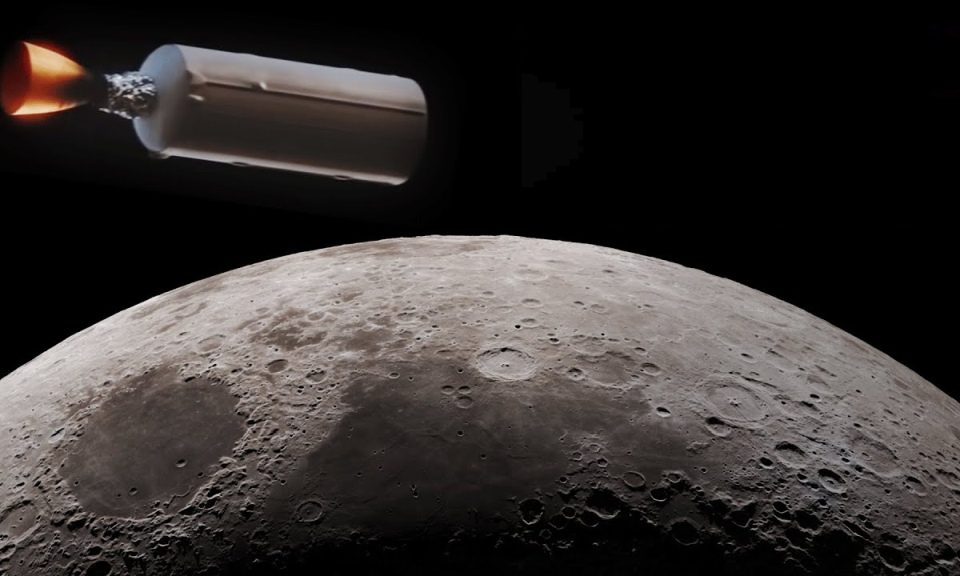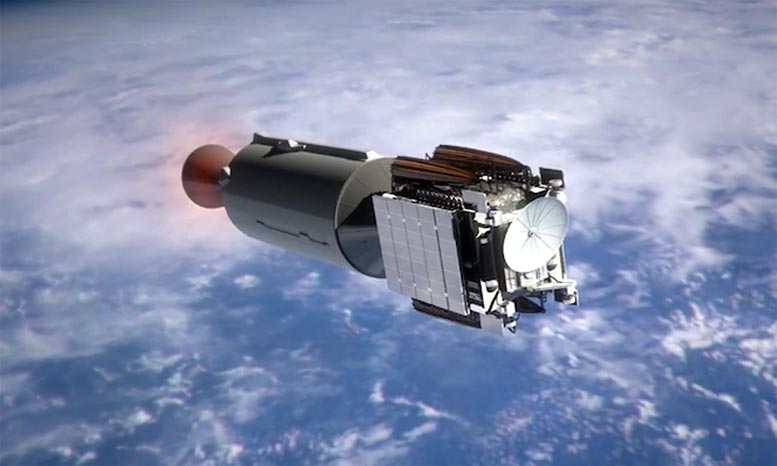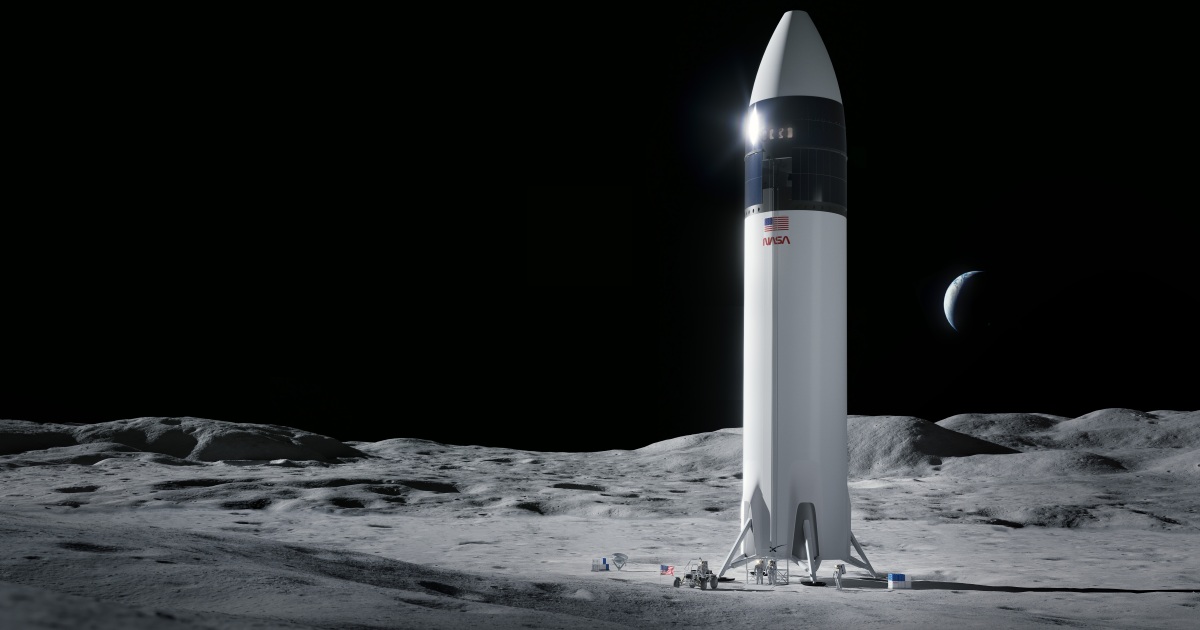
No, it will not destroy the moon.
One upper stage of the SpaceX Falcon 9 rocket will be slamming into the moon’s surface soon. The supposed rocket stage has been cruising in the Earth-moon system for seven years.

The rocket stage was abandoned in space 7 years ago after there was not enough fuel to have it return to earth. Here are the details:
What Went Wrong?
Back in February 2015, SpaceX sent the Falcon 9 rocket to launch the Deep Space Climate Observatory (DSCOVR) in a joint mission between NASA and the United States National Oceanic and Atmospheric Administration (NOAA).
The Falcon 9 carried DSCOVR up to the Earth-sun Lagrange Point 1 (L1) which is a gravitationally stable point in space at a distance of 930, 000 miles or 1.5 million kilometers from Earth. However, after reaching there, the upper stage of the rocket ended up going away from our planet.

On Wednesday, the European Space Agency (ESA) officials said in a statement: “This rendered a deorbit burn to dispose of it in our planet’s atmosphere impractical, while the upper stage also lacked sufficient velocity to escape the Earth-moon system. Instead, it was left in a chaotic sun-orbiting orbit near the two bodies.”
As calculated by observers, the cruising time of the rocket stage in the Earth-moon system is now over and it is set to smash into the moon very soon on March 4.
First Known Uncontrolled Rocket Collision with the Moon
Human-made objects being intentionally sent towards the moon is not a new thing. This practice dates back to the early 1950s and the most talked-about was during the Apollo program when rocket stages were used to incorporate earthquakes on the moon so that surface seismometers could pick it up.
However, this time is different as the SpaceX rocket stage collision is an unplanned one. And this will be the first time that a known human-made object will unintentionally reach our Moon’s atmosphere.

These incidents don’t include the incidents when a spacecraft accidentally crashed while landing on the moon. Holger Krag, the head of ESA’s Space Safety Program said in a statement: “The upcoming Falcon 9 lunar impact illustrates well the need for a comprehensive regulatory regime in space, not only for the economically crucial orbits around Earth but also applying to the moon.”
According to ESA officials, no clear guidelines currently exist to regulate the disposal of rocket stages in such cases. The most straightforward option currently used is either burning the object in Earth’s atmosphere or crashing the object into the Moon’s surface.
The effects of the crash will be minor but the Moon is surely about to get a new crater.